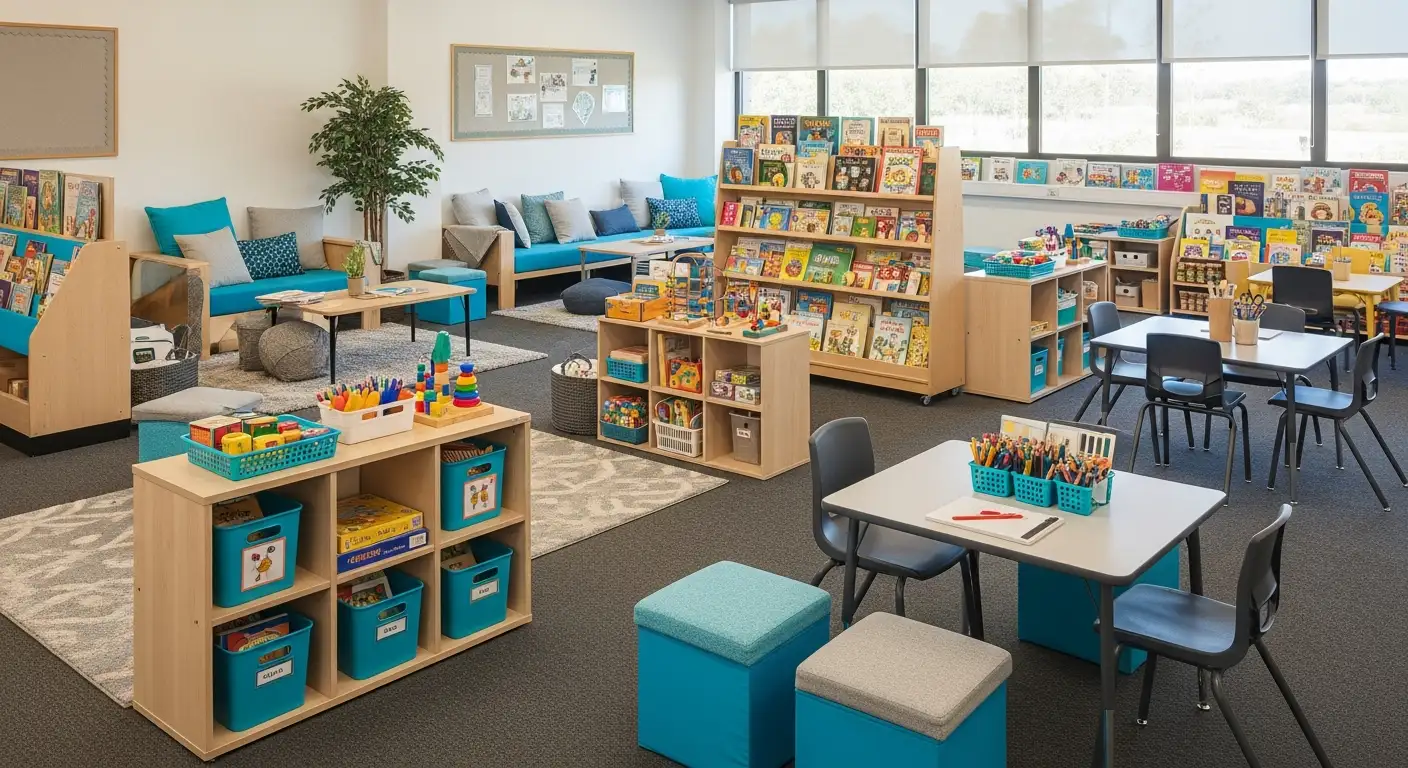
Siblings lives are intertwined. And if one child has Autism, the dynamics and needs of each child might change. Here are some tips that may help your children on their journey together.
Try to give each child his own time and attention. A child needs to feel loved, and your neurotypical child also has to feel like he’s an important member of the family despite the fact that he can tie his own sneakers, goes to bed nicely, do his homework independently. Take (read: Make) the time to spend together, just the two of you, with an art project or a puzzle or just a walk in the park. Doing something special with a parent will assure your child that Mom knows what I like and Daddy really cares.
You may choose to allow your neurotypical child integrate into his sibling’s therapy. Interactive play with siblings during therapy can ease the journey by drawing siblings together with adult facilitation and support. Your child with Autism will gain, too, since it provides real-life experiences. You’ll know it was successful if you find your neurotypical child taking more of an interest in his Autistic sibling at other times, too!

Here’s a tip from a parent of a child with Autism. When her neurotypical child started to resent his sibling’s needs, she chose to educate him about ABA. At the library she found a video Understanding Brothers and Sisters on the Autism Spectrum by Dan Coulter. She chose to watch it together with her child. This allowed for her to connect with him and explain and answer any questions he had. She established herself as a resource and her child learned from the security and trust it engendered. The subject is no longer taboo. See what open communication can do!
Your ability to accept your child with Autism will directly affect how your other children interact with your child with Autism. It’s a journey for you, too, and it often takes some time to feel comfortable with the diagnosis and changes that it may come with. Your positive attitude of “He’s ours and we love him” or “We’ll help him the best we can” strongly encourages your family to follow your lead. Positivity goes a long way, and your family will, in turn, mirror your acceptance and love.









